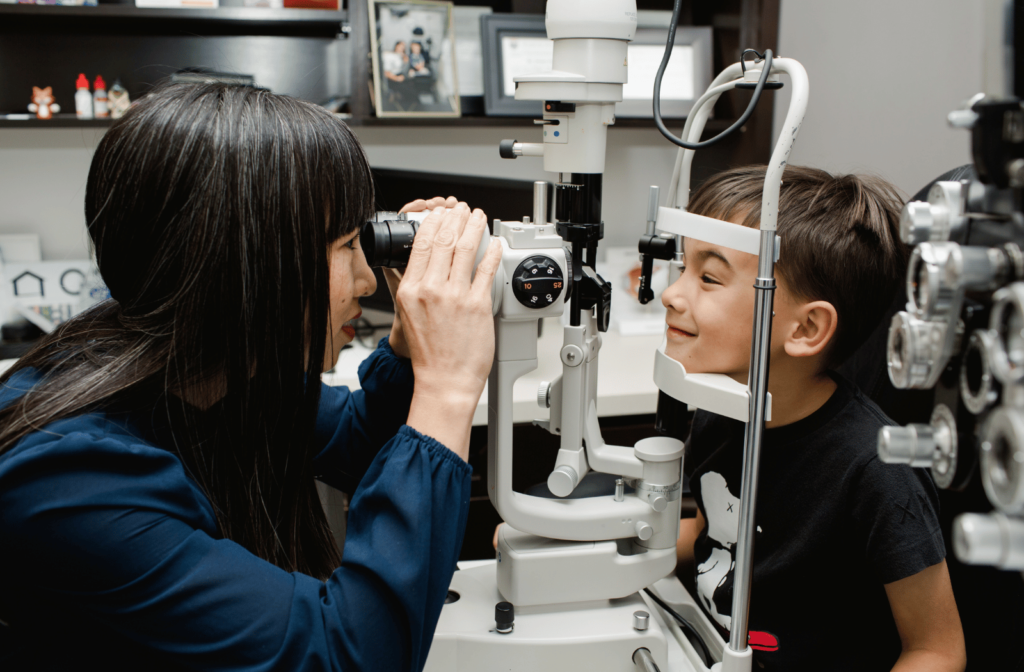Imagine needing to squint to see distant objects or struggling to read road signs until you’re almost upon them. This is life with myopia. From schoolchildren to adults, myopia can significantly impact a personès daily activities, requiring corrective measures like glasses or contact lenses. Unfortunately, myopia cannot be reversed, only corrected or controlled.
Even though it can’t be reversed, several myopia control methods have proven to slow the progression of myopia. Other long-term solutions, like laser eye surgery, can also reduce or eliminate the need for glasses or contact lenses.
One thing that is certain is the need for intervention to prevent potential complications that can arise from unchecked myopia. That’s why it’s so important to get regular eye exams for your child.
[…]
Can Myopia Be Reversed?








